Hale Habitat & Seed
Crimson Clover (pre-inoculated)
Crimson Clover (pre-inoculated)
FREE SHIPPING!
Couldn't load pickup availability
Crimson clover (Trifolium incarnatum) is a cool-season annual legume widely used as a cover crop, forage, and wildlife food plot. Known for its vibrant red blooms and ability to fix nitrogen, it provides multiple benefits for wildlife, soil health, and as a rotational crop. The seeds of crimson clover are highly attractive to deer, turkey, and small game, making it a popular choice for wildlife food plots. Inoculated with a NOP compliant seed treatment for maximum germination.
Benefits for Wildlife Habitat
✔ High-protein seeds that attract deer, turkeys, and small mammals.
✔ Attractive flowering plants provide early-season forage and pollinator habitat.
✔ Fixes nitrogen, improving soil fertility for subsequent crops.
✔ Ideal for late winter and early spring food plots when other food sources are scarce.
✔ Excellent for soil erosion control and enhancing soil health due to its nitrogen-fixing ability.
Planting Guidelines
-
Planting Times:
- Fall (August–September): Best planting time for winter cover crops and early spring forage.
- Spring (March–April): Can also be planted for spring forage and quick-growing wildlife plots in milder climates.
-
Seeding Depth:
- ¼ to ½ inch deep for optimal germination and seedling development.
-
Seeding Rates:
- Drilled: 15–20 lbs per acre for uniform stands.
- Broadcast: 20–25 lbs per acre, followed by light dragging or cultipacking to ensure good seed-to-soil contact.
-
Days to Maturity:
- 70–90 days for full growth, typically reaching bloom in about 60–75 days and becoming mature by late spring or early summer.
-
Drought Tolerance:
- Moderate – Crimson clover can tolerate drought conditions, but it requires consistent moisture for the best growth, especially during establishment.
-
Saturated Soil Tolerance:
- Low to Moderate – Prefers well-drained soils but can tolerate short periods of wet conditions. However, prolonged saturation may hinder growth.
-
Shade Tolerance:
- Low – Performs best in full sun, but can tolerate partial shade, particularly in cooler climates.
Fertilization Guidelines for Crimson Clover
- Soil pH: Prefers slightly acidic to neutral soils with a pH range of 6.0–7.0.
- Nitrogen (N): As a legume, crimson clover is capable of fixing its own nitrogen, so it typically requires little to no added nitrogen. Excess nitrogen can reduce flowering and seed production.
- Phosphorus (P): Apply 20–40 lbs P₂O₅ per acre based on soil test recommendations to encourage strong root development and early growth.
- Potassium (K): Apply 30–60 lbs K₂O per acre if potassium levels are low to ensure healthy growth and seed production.
Fertilization Timing:
- Apply phosphorus and potassium before planting based on soil tests.
- Avoid excessive nitrogen applications, as this can lead to excessive vegetative growth and reduced flowering.
Herbicide Use for Crimson Clover
-
Weed Management:
- Weed control is crucial during establishment, as crimson clover can be outcompeted by aggressive weeds in its early growth stages.
-
Herbicide Options:
- Pre-emergence: Herbicides like Prowl H2O (Pendimethalin) or Treflan (Trifluralin) can help control grasses and broadleaf weeds before planting.
- Post-emergence: 2,4-D can be applied selectively to control broadleaf weeds without damaging crimson clover.
Key Considerations:
- Follow all herbicide labels for proper timing and application to avoid damage to the clover.
- Mowing or manual weed control can reduce the need for herbicides, especially in established plots.
Share
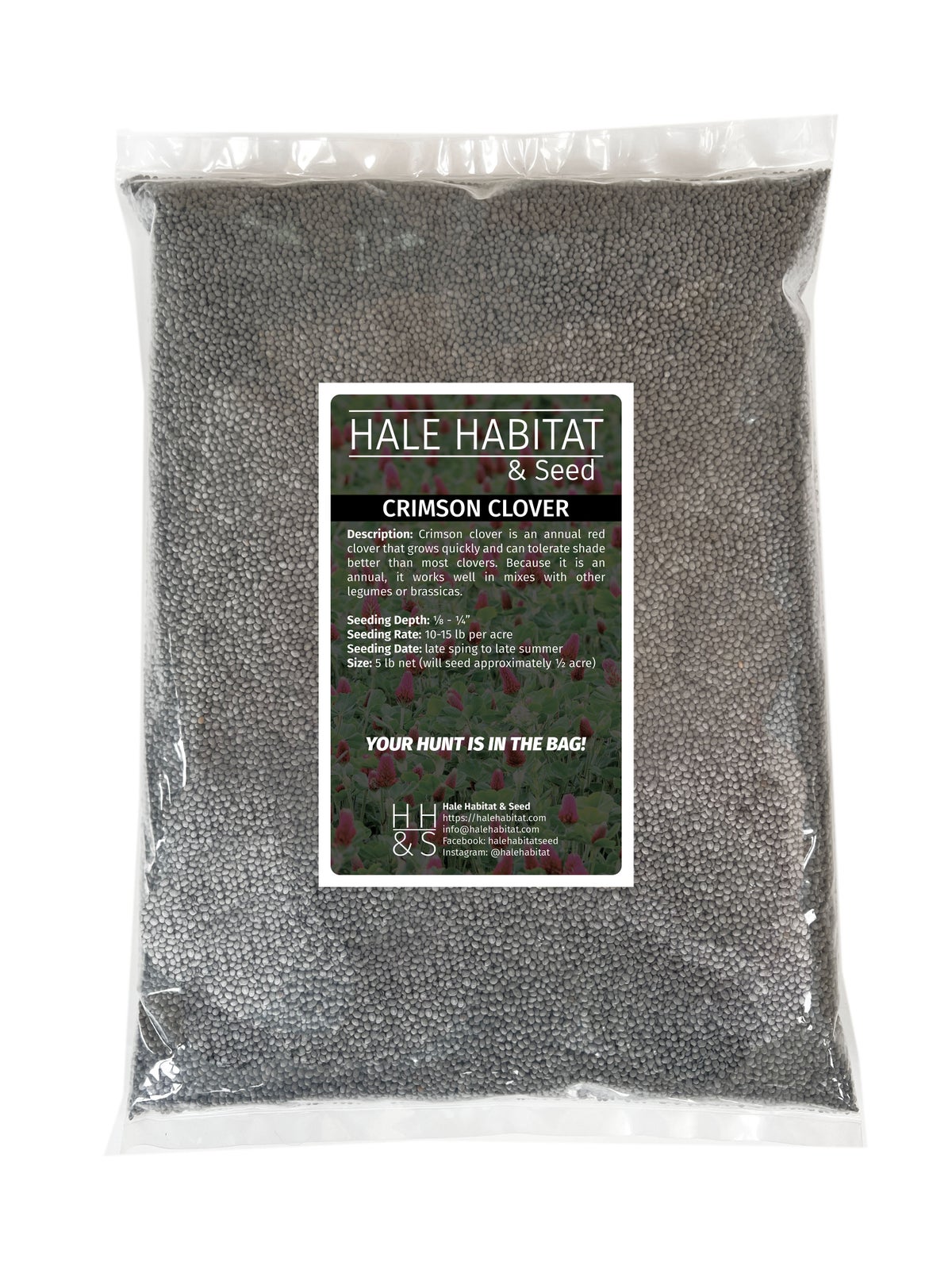
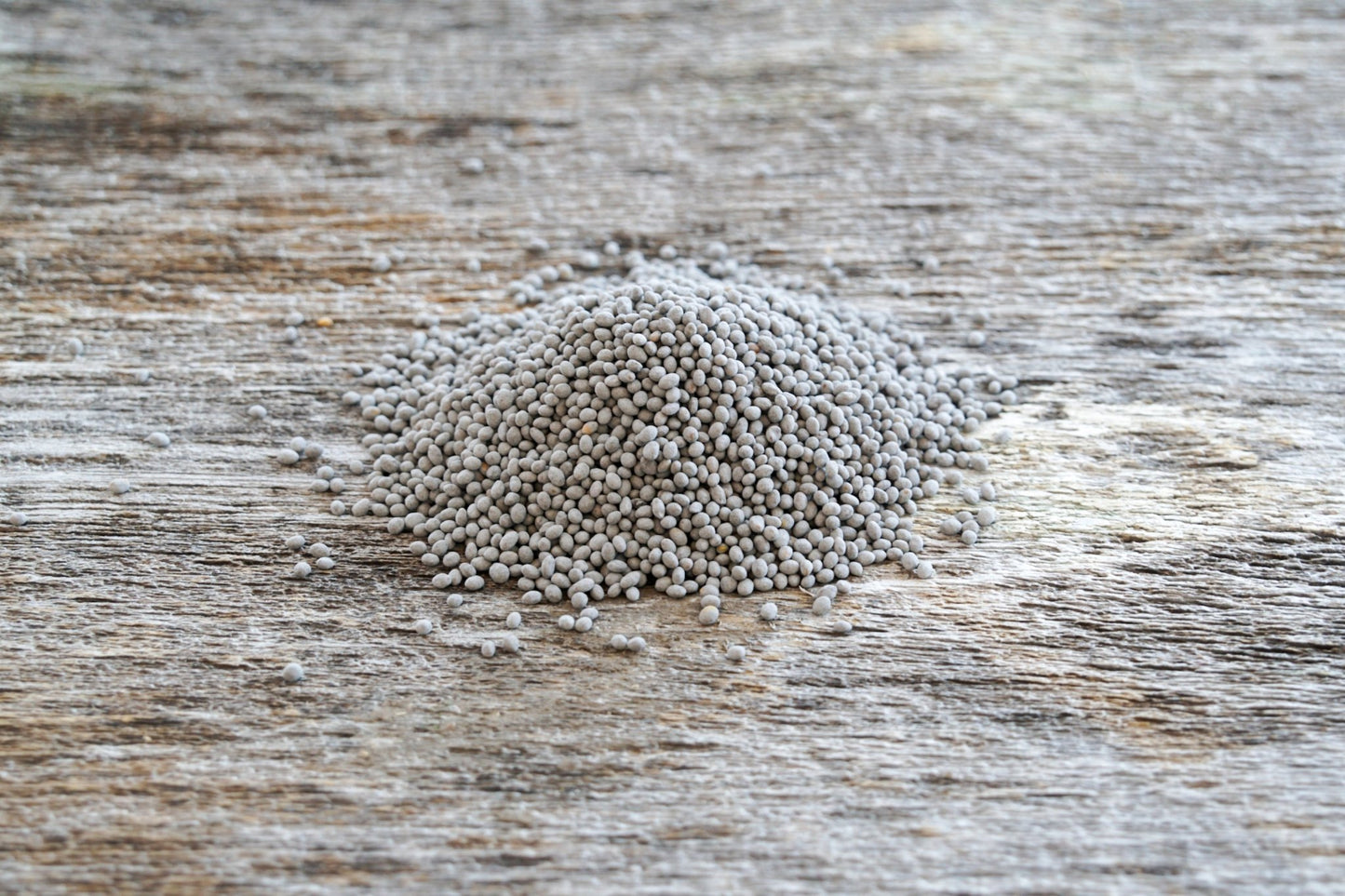
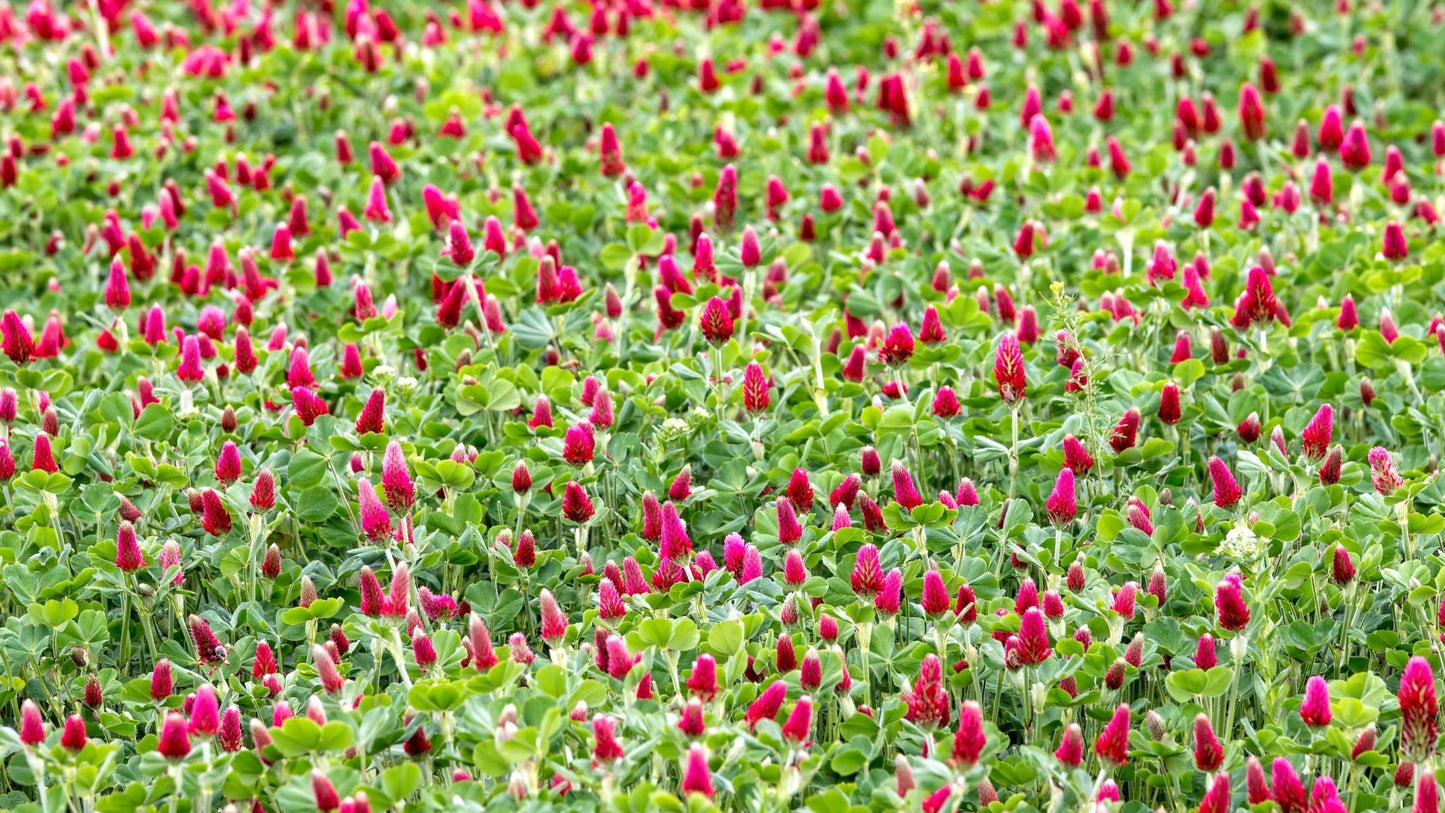
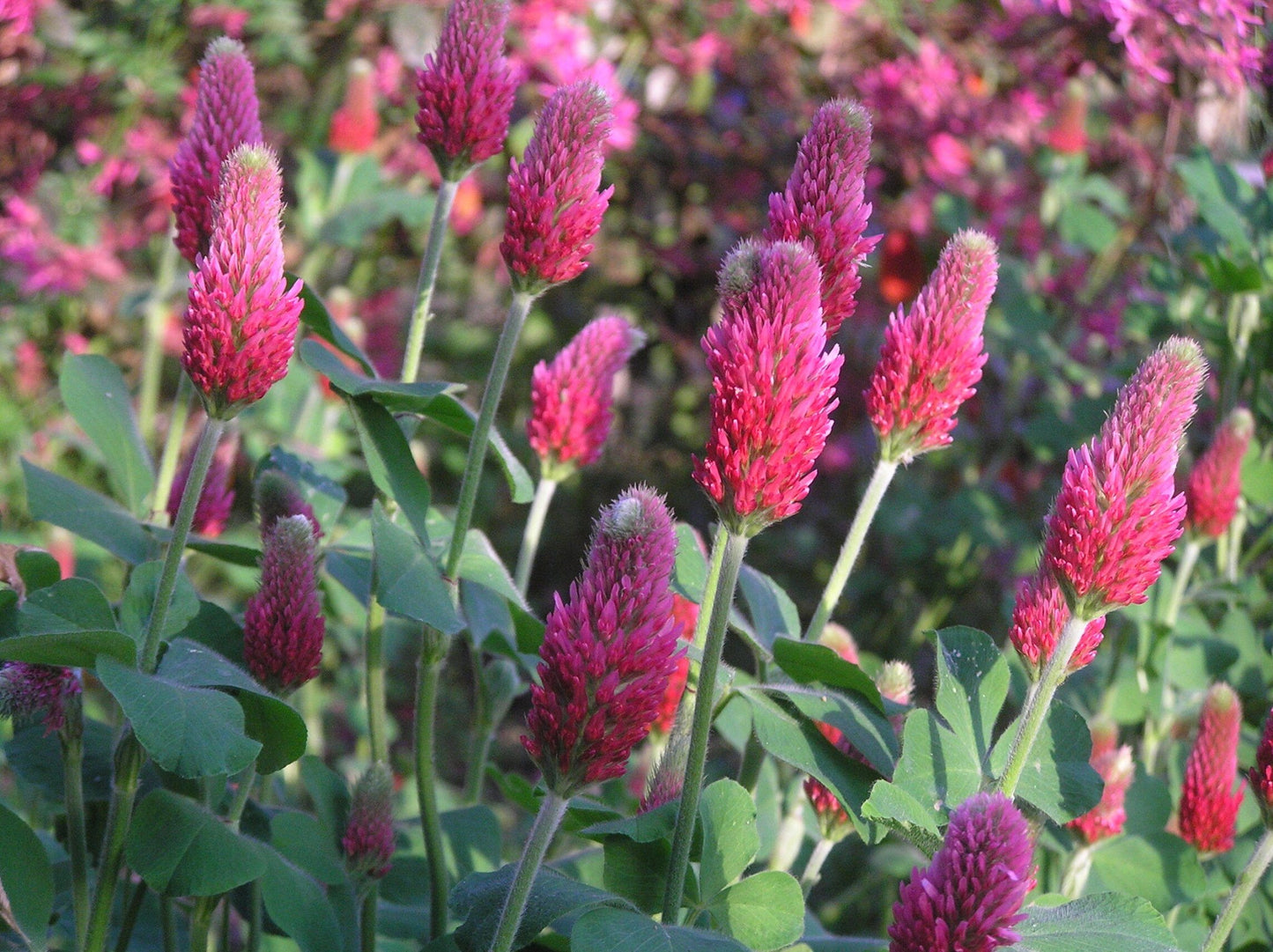
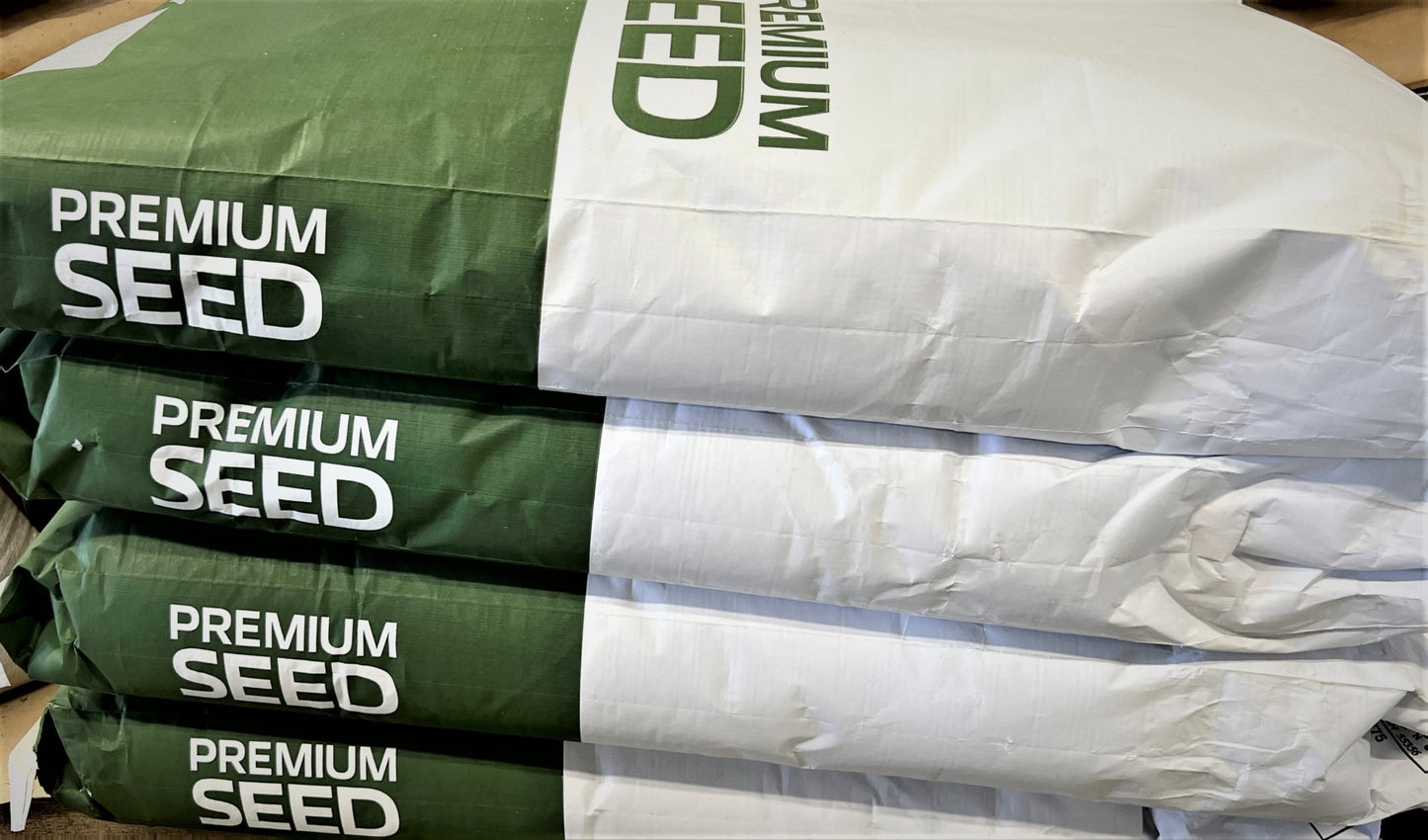
Seed came up great, can’t wait for the spring. Hopefully it will help feed some turkeys
Applied to local area's and seeds did not germinate very well
Sorry for your poor germination results Anthony. Many factors can influence germination in the field - including planting rate and depth, soil temperature, and moisture. All our seed is tested by an independent lab for germination rate. But, things can go wrong when planted in the real world. We will reach out to see if there is anything we can do to help.
I received them pretty quickly planted them right away and I’d say 1/10 of the bag sprouted
Nice cover, but I bet 50 percent of the seeds have not germinated. Hopefully they are just slow learners...





